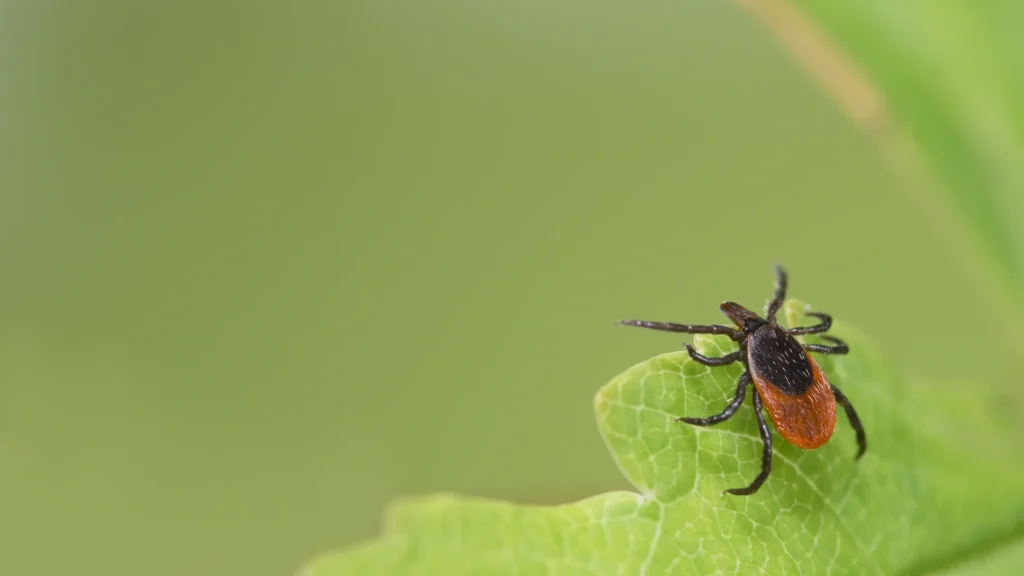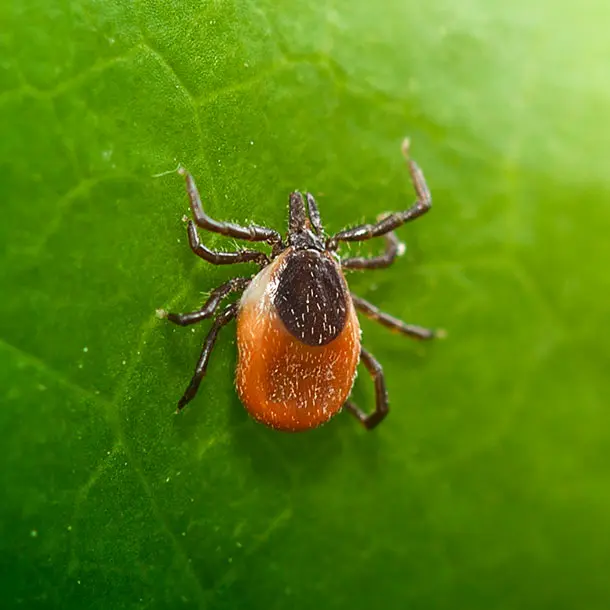Tick bites ER visits are on the rise across the United States, and the Centers for Disease Control and Prevention (CDC) is sounding the alarm. More Americans are ending up in emergency rooms due to tick bites than in previous years, and this isn’t just a minor trend—it’s a growing public health concern.
So, why is this happening now? Experts say climate change, increased outdoor activity, and expanding tick populations are all playing a role in the spike.
This article will walk you through the latest CDC findings, what illnesses are linked to tick bites, and most importantly—how you can protect yourself.
Why Are Tick Bites ER Visits Increasing?
CDC data from 2024 shows that more people are going to the emergency room due to tick bites than in past years. Several key factors explain this trend:
1. Longer, Warmer Tick Seasons
Thanks to climate change, tick season now starts earlier in the spring and lasts longer into the fall. Ticks thrive in warm and humid conditions, so the extended warmth gives them more time to breed, feed, and spread disease.
2. More People Enjoying the Outdoors
After the COVID-19 pandemic, more people began embracing nature for health and recreation. Activities like hiking, camping, and gardening have become common hobbies, putting more people in direct contact with tick habitats like tall grass, forests, and wooded trails.
3. Ticks Are Expanding Their Range
Ticks are moving into new territories. Species like the blacklegged tick (also known as the deer tick) and the lone star tick are now being found in areas where they previously didn’t exist. This means that people who weren’t at risk before now need to stay alert.
Most Common Diseases Spread by Tick Bites

While not every tick bite leads to illness, many ticks in the U.S. carry bacteria and viruses. Here are the most concerning tick-borne diseases:
Lyme Disease
The most well-known tick-borne illness in the U.S., Lyme disease is caused by the Borrelia burgdorferi bacterium. Symptoms include fever, chills, joint pain, and a tell-tale bullseye rash. If left untreated, it can cause severe neurological and heart issues.
Rocky Mountain Spotted Fever (RMSF)
Transmitted by the American dog tick, RMSF can be life-threatening if not treated quickly. Symptoms include fever, headache, and a spotted rash. It progresses rapidly, making early detection crucial.
Anaplasmosis and Ehrlichiosis
These bacterial infections are less known but can cause serious flu-like symptoms, including muscle aches, nausea, and fatigue. Like Lyme disease, they are treated with antibiotics but require timely diagnosis.
Alpha-Gal Syndrome
A tick bite from the lone star tick can cause this rare but dangerous allergy to red meat and animal products. Symptoms range from mild itching to severe anaphylactic reactions.
CDC Data Snapshot: Tick Bites in 2024
The CDC’s recent report shows that:
- ER visits for tick bites rose by 15% in early 2024 compared to the same time last year.
- The Northeast and Midwest recorded the highest number of visits, consistent with high Lyme disease activity.
- The most affected groups are children aged 5 to 14 and adults over 60 years old.
These trends point to both a wider spread of tick populations and a greater level of awareness among people who seek care after being bitten.
Why Do People Go to the ER for Tick Bites?
Not every tick bite requires a trip to the emergency room. However, people end up in the ER for a few key reasons:
- The tick is embedded and difficult to remove.
- There’s visible infection, rash, or swelling at the bite site.
- The individual experiences fever, nausea, or other sudden symptoms.
- The bitten person is very young, elderly, or immunocompromised.
In the ER, doctors usually remove the tick, clean the wound, and may prescribe antibiotics if an infection risk is suspected. In some cases, patients may be tested for tick-borne diseases.
Warning Signs to Watch After a Tick Bite
Even if the bite seems minor at first, monitor your health closely. Seek medical attention if you notice:
- A bullseye rash
- Fever or chills
- Muscle or joint pain
- Swollen lymph nodes
- Nausea, vomiting, or stomach discomfort
- Unusual fatigue
Many tick-borne diseases mimic flu symptoms, which is why they often go unnoticed until symptoms become severe.
How to Prevent Tick Bites

Preventing tick bites is easier than dealing with the diseases they can spread. Here are some simple yet effective steps you can take:
1. Use Tick Repellent
Apply insect repellents that contain DEET, picaridin, or permethrin (for clothing only). These ingredients are proven to repel ticks effectively.
2. Dress to Protect
When heading into grassy or wooded areas:
- Wear long-sleeved shirts and long pants.
- Tuck pants into your socks.
- Choose light-colored clothing so ticks are easier to spot.
3. Do a Full-Body Tick Check
After outdoor activities:
- Inspect your entire body, especially warm, hidden spots like underarms, behind knees, and around the waistband.
- Check children and pets carefully.
- Shower within 2 hours of returning indoors to help remove any unattached ticks.
4. Protect Your Pets
Ticks love to hitchhike on pets. Use vet-approved tick preventatives to reduce the chance of your furry friend bringing ticks indoors.
How to Remove a Tick Safely
If you find a tick attached to your body, here’s how to remove it properly:
Do:
- Use fine-tipped tweezers.
- Grasp the tick close to the skin and pull upward with steady pressure.
- Clean the bite area with alcohol or soap and water.
Don’t:
- Don’t twist or jerk the tick.
- Don’t crush the tick’s body.
- Don’t use heat, petroleum jelly, or nail polish.
After removal, store the tick in a sealed bag or container in case your doctor wants to test it.
Where Are Ticks Most Common in the U.S.?
Some areas are more prone to tick activity and disease transmission:
- Northeast (NY, CT, MA): High Lyme disease risk
- Midwest (WI, MN): Dense tick populations
- Southeast (NC, TN): Rising cases of RMSF and Alpha-Gal Syndrome
- Pacific Northwest: Ticks expanding into new areas
Knowing your region’s risks can help you stay extra cautious during tick season.
CDC Recommendations
The CDC continues to monitor the situation and urges public awareness. Their current action plan includes:
- Increasing tick-bite education campaigns.
- Encouraging early prevention and personal protection.
- Training medical professionals to recognize tick-borne illnesses early.
- Improving tracking and disease surveillance systems.
What to Do After a Tick Bite
If you’ve been bitten:
- Remove the tick safely.
- Clean the area thoroughly.
- Monitor your symptoms for 30 days.
- Seek medical attention if symptoms arise.
- Save the tick for testing if needed.
Final Thoughts
The rise in tick bites ER visits isn’t just a summer inconvenience—it’s a sign of how environmental change and human behavior are increasing disease risks. Fortunately, most tick-borne illnesses are preventable and treatable if caught early.
Being aware of the dangers, taking preventive steps, and knowing when to seek help can go a long way in keeping you and your family safe. Whether you’re heading to a park, forest trail, or your own backyard, staying tick-smart is now more important than ever.
Read Next – Arizona Plague Death Confirmed: What Residents Must Know Now






